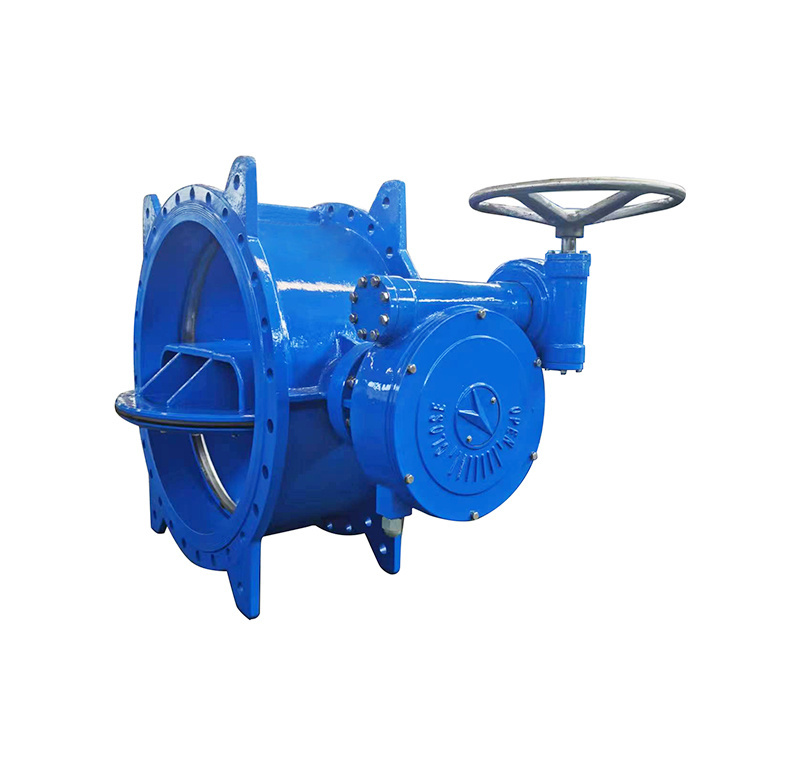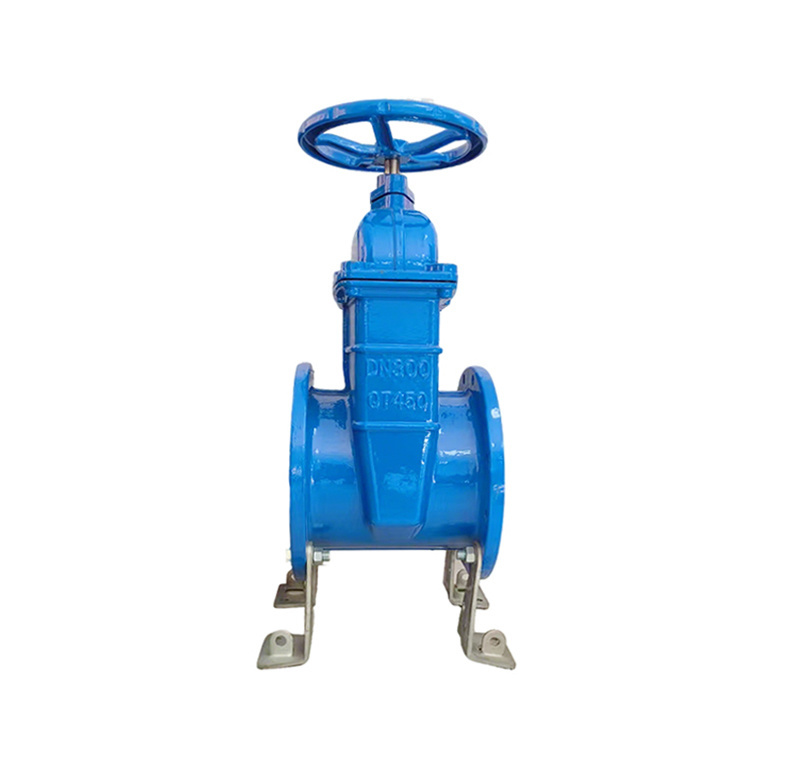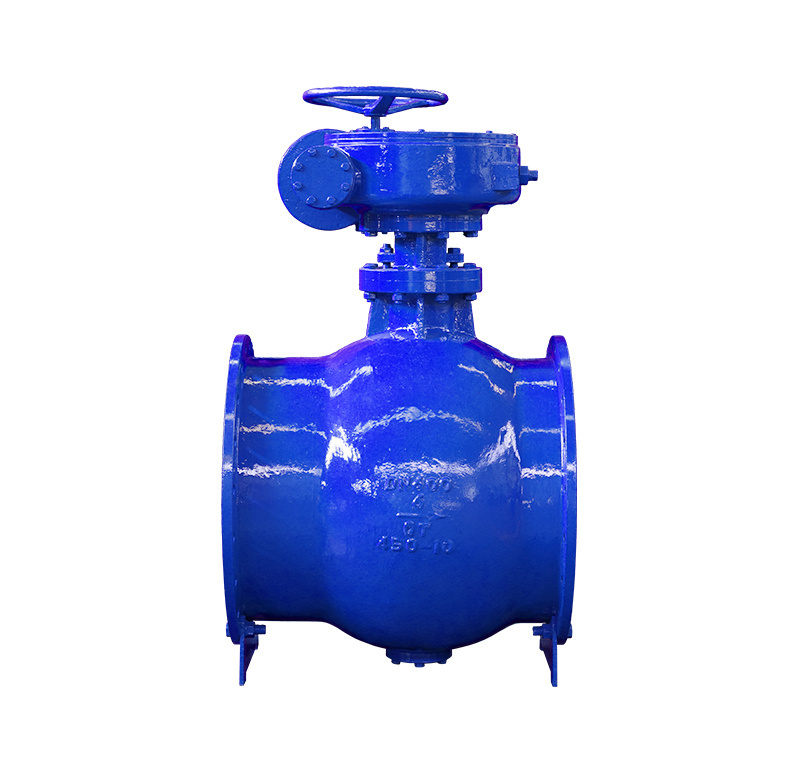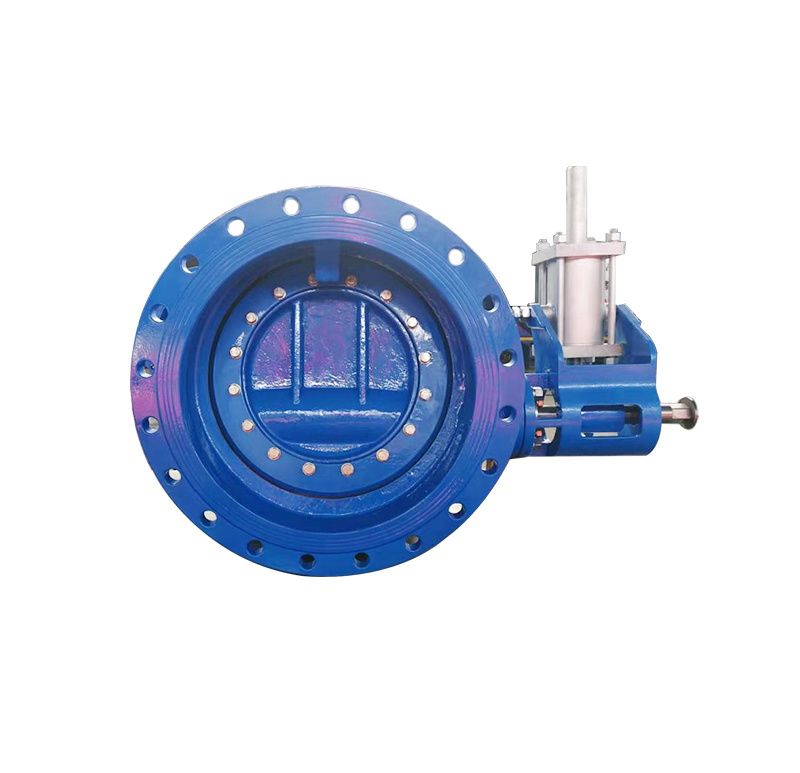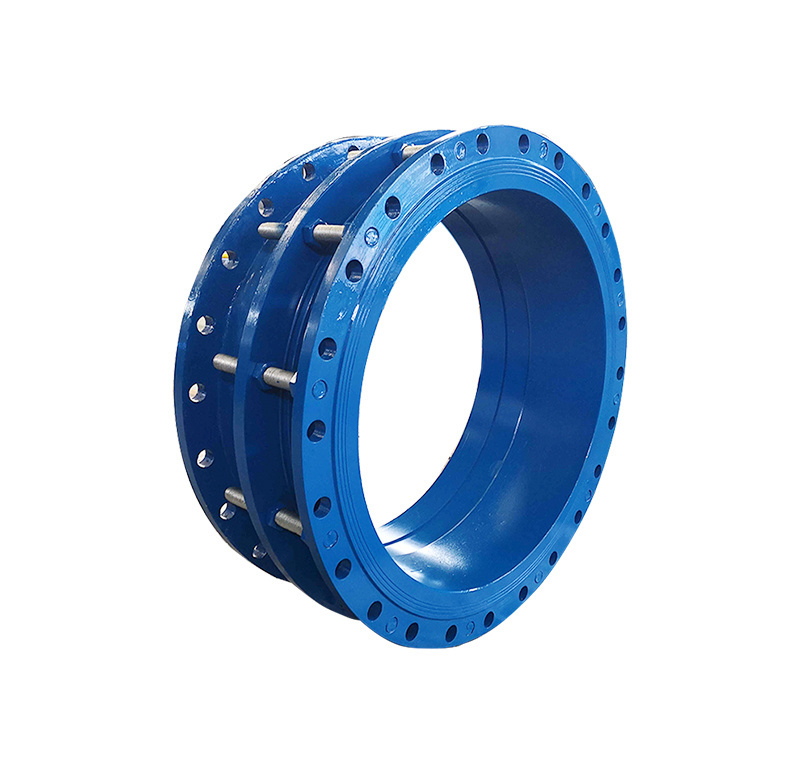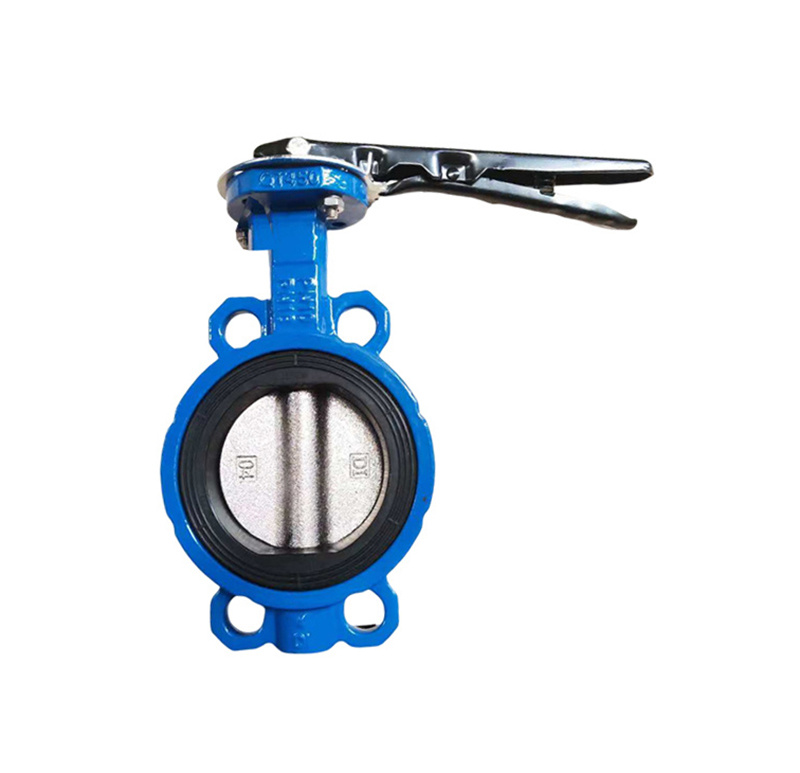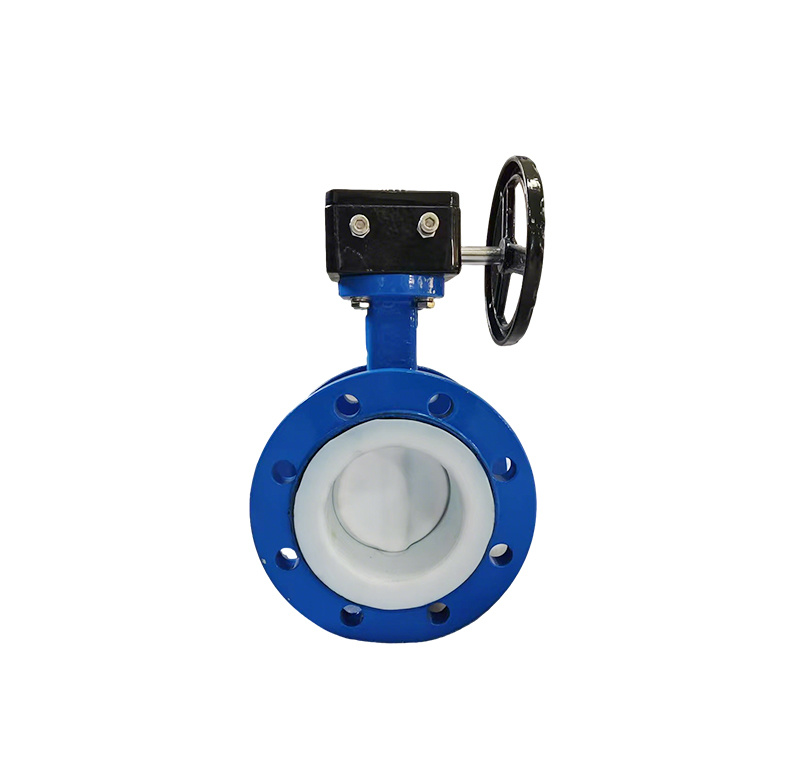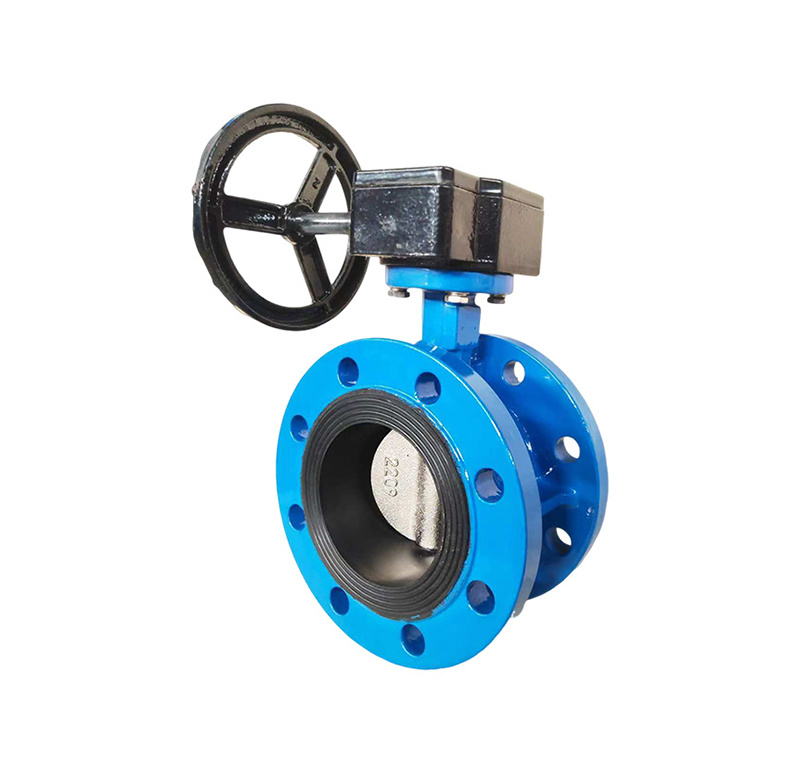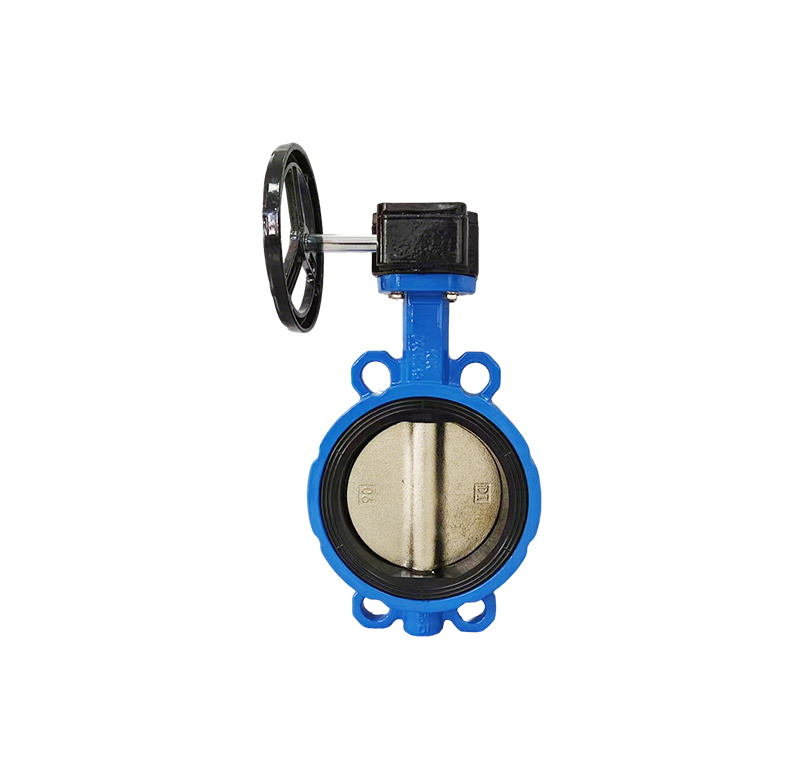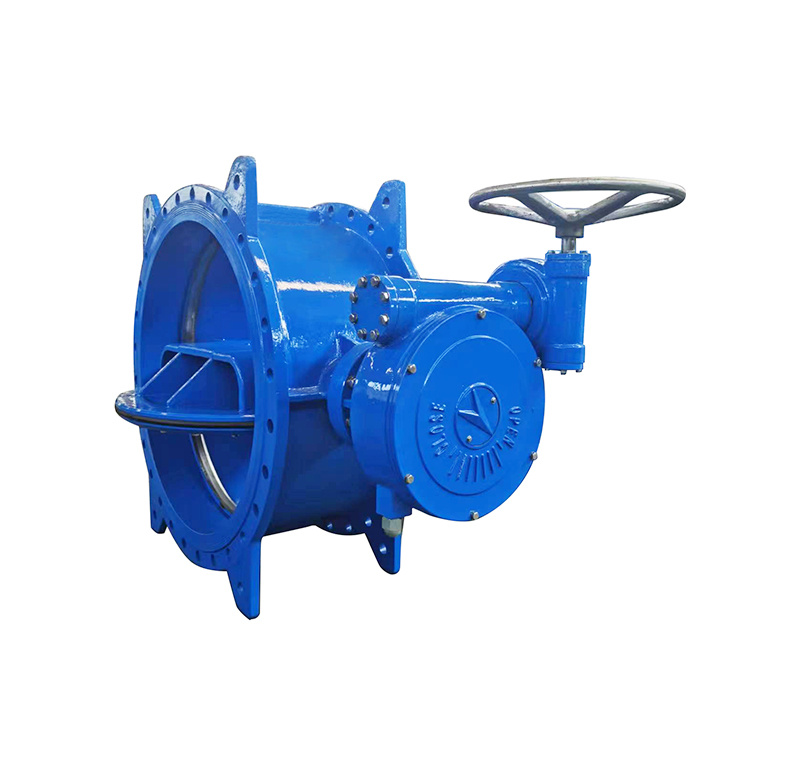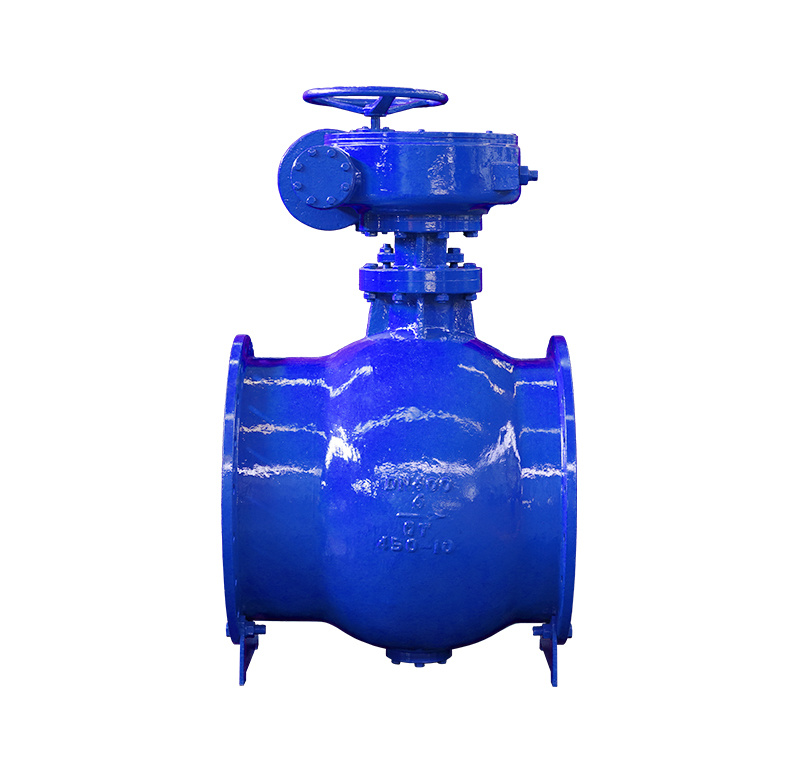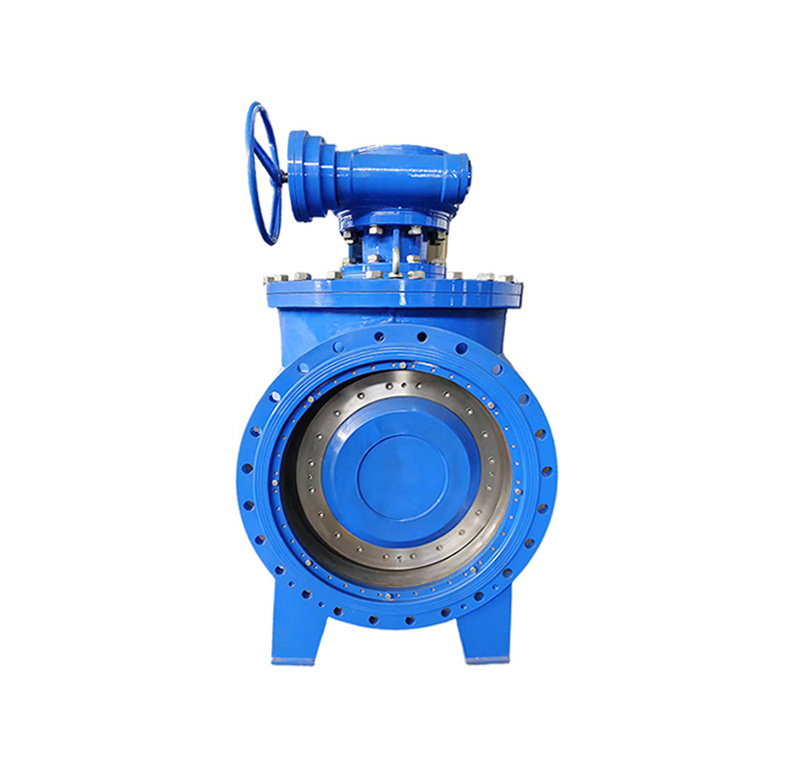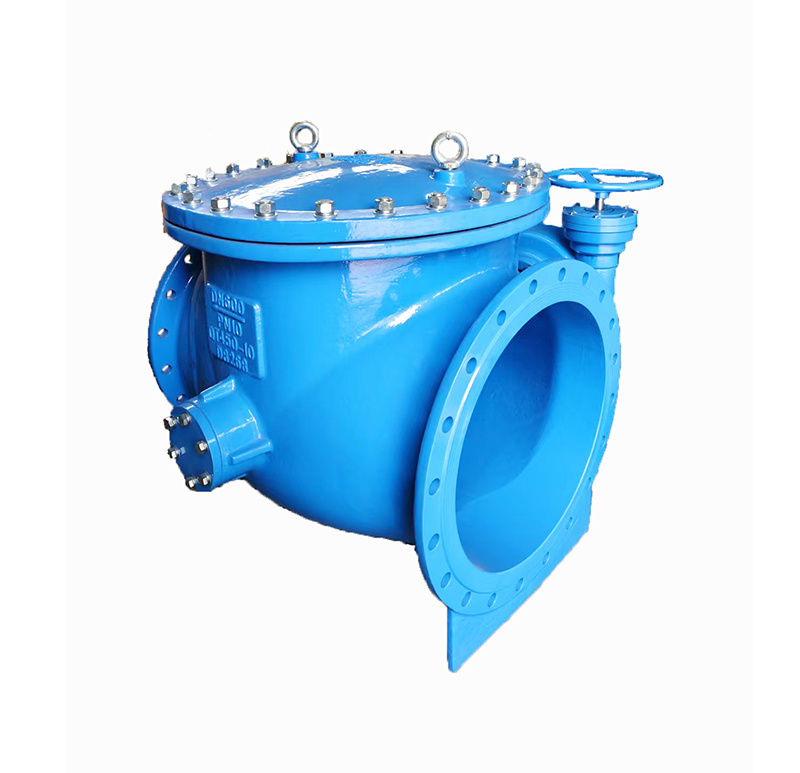Analysis of Causes and Solutions for Air Leaks or Sticking in Hemisphere Valves and Butterfly Valves
I. Causes of Air Leaks or Sticking in Butterfly Valves and Corresponding Solutions
Midline Butterfly Valve Analysis of Causes for Air Leaks or Sticking
- Valve plate has poor contact with the valve seat. : The valve disc of the centerline butterfly valve may have poor contact with the valve seat, potentially leading to air leakage or sticking.
- Valve stem deformation : The valve stem may deform during operation due to overload or other reasons, causing the valve to fail to open or close properly.
- Insufficient lubrication : Lack of lubrication between the valve stem and valve body may lead to sticking or jamming.
Solution measures
- Adjust the valve plate position : Regularly inspect the contact between the valve disc and the valve seat, making adjustments as necessary to ensure proper sealing.
- Replace the valve stem : If valve stem deformation is detected, it should be replaced promptly to ensure the proper functioning of the valve.
- Regular lubrication : Regularly lubricate the valve stem to reduce friction and prevent sticking.
Eccentric Butterfly Valve Analysis of Causes for Air Leaks or Sticking
- Eccentricity Design Flaw : The design of an eccentric butterfly valve may lead to uneven pressure during opening or closing, compromising sealing performance.
- Seal ring aging : Sealing rings may degrade over prolonged use, leading to a decline in sealing performance.
- Improper valve installation Improper installation of an eccentric butterfly valve may cause the valve to jam during operation.
Solution measures
- Optimize Design During the design phase, optimize the structure of the eccentric butterfly valve to ensure uniform pressure both during opening and closing.
- Replace the sealing ring : Regularly inspect the condition of the sealing rings and replace them promptly if signs of aging are detected, ensuring optimal sealing performance.
- Correct Installation : Ensure that the eccentric butterfly valve is installed according to specifications, avoiding jams caused by improper installation.
II. Causes of Air Leakage or Sticking in Hemisphere Valves and Corresponding Solutions
Leakage Cause Analysis
- Seal surface wear : After prolonged use, the sealing surfaces of the valve may wear down, leading to poor sealing and, consequently, air leakage.
- Improper installation : If the valve is not aligned or properly tightened during installation, it may fail to seal completely when closed.
- Media corrosion : Certain media are corrosive and may damage valve materials, leading to gas leaks.
- Temperature changes : Rapid temperature changes can cause valve materials to expand or contract, thereby affecting sealing performance.
Solution measures
- Regularly inspect and replace seals : Regularly inspect the valves and promptly replace the sealing elements if wear is detected on the sealing surfaces.
- Correct Installation : Ensure the valve is aligned and securely tightened during installation to prevent air leaks caused by improper assembly.
- Choose the appropriate materials : Select corrosion-resistant valve materials based on the characteristics of the medium to minimize the impact of corrosion on the valve.
- Control temperature changes : In environments with significant temperature fluctuations, implement insulation measures to minimize the impact of temperature on the valve.
From the analysis above, it is evident that air leaks or sticking issues that may occur during the use of half-ball valves and butterfly valves are often closely linked to factors such as valve design, materials, installation, and maintenance. Regular inspection and maintenance are essential for ensuring the proper functioning of these valves.
💡 Founded in 1988, we have been dedicated to butterfly valve manufacturing for over three decades.
The product range includes medium-offset, double-eccentric, and triple-eccentric butterfly valves, as well as pneumatic and electric control series.
With stable quality and proven expertise, we provide reliable fluid control solutions for the oil, gas, and chemical industries.









